5 Parkinson’s Disease Treatment Options: Complete Guide 2024
By Vanessa Richards
January 10, 2024 • Fact checked by Dumb Little Man
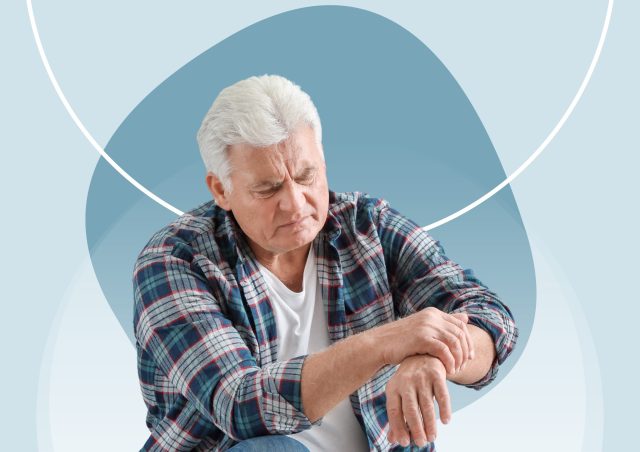
Parkinson’s Disease is a neurodegenerative disorder that affects movement and balance. It is caused by the death of dopamine-producing cells in the brain and can lead to a wide variety of motor symptoms.
Parkinson’s Disease usually begins with a tremor in one hand or arm, which can be mild or severe. While there is no guaranteed permanent cure for Parkinson’s, there are several treatments available that can help improve quality of life.
In this article, we’ll take a closer look at Parkinson’s Disease treatment, its motor symptoms and other symptoms, causes, prevalence, and diagnosis. Keep reading to find out everything you need to know about Parkinson’s Disease
Parkinson’s Disease Treatment: What is a Parkinson’s Disease?
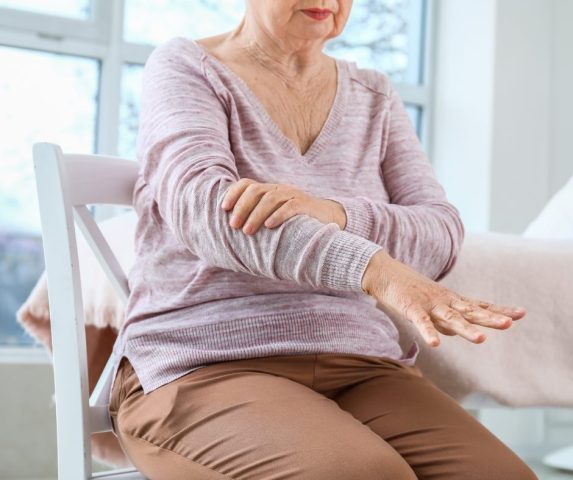
Parkinson’s disease is a devastating neurological disease that affects over 16 million people worldwide. It is characterized by tremors and stiffness, loss of balance and movement, and depression.
It is a neurological condition that results in shaking or tremors, slow movements (bradykinesia), rigid muscles (rigidity), and a shuffling gait. Some people with Parkinson’s have dementia due to the destruction of cells in their brains that produce dopamine.
Parkinson’s disease is similar to other nervous system diseases like Alzheimer’s, but some of its symptoms are unique to the disorder. The shaking of Parkinson’s disease makes it difficult for people to do things like find their keys or walk properly, so they need help with more complex tasks and with dressing themselves.
They may also be irritable because parts of their bodies are not working properly. This can lead to aggression and irritability towards loved ones and even strangers. These symptoms can be disabling and contribute to low self-esteem in some people with the disorder.
Some physical movements are preserved but others are lost. For example, swallowing, moving the arms and legs, blinking, or deciding whether to follow a conversation.
These symptoms can be hard on relationships and make it difficult for people living with Parkinson’s disease to feel connected with other people.
Parkinson’s Disease Symptoms
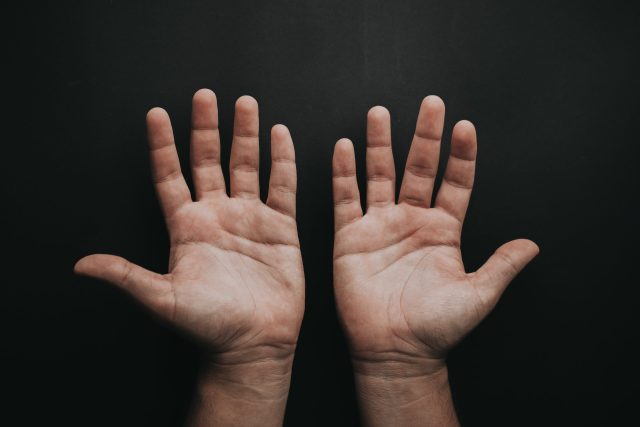
Parkinson’s Disease manifests itself in many different forms, mostly motor symptoms. The following is a list of some of the symptoms you may experience if you have Parkinson’s.
- Rigidity or stiffness of the limbs
- Involuntary movements
- Slow movements
- problems with balance and coordination
- Changes in speech.
- Tremors
- Rigidity
- Problems with swallowing and speaking
- Fatigue
- Mental health issues such as hallucinations and delusions
- Nonmotor symptoms such as changes in mood and sleep patterns, low blood pressure
It’s important to note that not everyone with Parkinson’s will experience all of these motor symptoms. And the severity of the motor symptoms and non-motor symptoms can also vary from day to day.
Symptoms may also change as the disease progresses.
Causes of Parkinson’s Disease
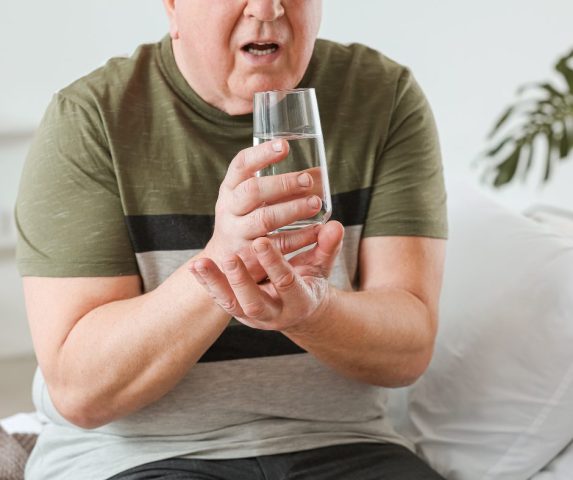
So what causes Parkinson’s Disease? The truth is, scientists still don’t know for sure. But they have a few theories.
One theory is that it’s caused by a combination of genetic and environmental factors. Another theory is that it’s caused by damage to the brain cells that produce dopamine. And still another theory is that it’s caused by a virus or infection.
Whatever the cause, it’s clear that Parkinson’s is a complex and mysterious condition. But researchers are working hard to learn more about it and hopefully find a cure one day. You can also participate in clinical trials and help speed up the process.
Diagnosing Parkinson’s Disease
If you think you might have Parkinson’s Disease, it’s important to see a doctor for a diagnosis. There’s no one-size-fits-all treatment for Parkinson’s, so it’s important to get individualized care.
Your doctor will refer you to a specialist for further evaluation. This might include a movement disorder specialist, neurologist, or geriatrician.
Parkinson’s Disease is diagnosed through a combination of medical history, physical examination, and neurological tests. There is no definitive test for Parkinson’s, and it can be difficult to diagnose accurately.
Prevalence of Parkinson’s Disease
According to surveys, around 500,000 people in the United States are suffering from Parkinson’s. This is, however, not a 100% accurate estimate.
Researchers and experts argue that the total number can be more than 1 Million. Worldwide, the number can be as high as 10 Million.
5 Treatment Options for Parkinson’s Disease
There are a few different treatments available for Parkinson’s. We will discuss the medications, therapies, surgeries, and digital treatment programs that can help you manage Parkinson’s symptoms.
1. Commonly Used Medications for Parkinson’s Disease
There are several different medications and therapies available for the treatment of Parkinson’s Disease. The most common medications are MAO B inhibitors, levodopa, dopamine agonists, and anticholinergics.
MAO B Inhibitors
When it comes to medications for Parkinson’s Disease, MAO B inhibitors are some of the most common. MAO B inhibitors are a type of medication that helps to slow the progression of the Disease by preventing the breakdown of dopamine in the brain.
This type of medication blocks an enzyme that breaks down dopamine in the brain. As a result, dopamine levels are increased, which can help improve movement and function in people with Parkinson’s.
The most common side effects of these medications include nausea, vomiting, and diarrhea. However, these medications can also cause dizziness, confusion, and hallucinations. So it’s important to talk to your doctor about any potential side effects before starting treatment.
Levodopa
It is a medication that is converted into dopamine in the brain, and it is the most effective medication for treating the symptoms of Parkinson’s Disease.
Levodopa was the first drug developed for the treatment of Parkinson’s. It’s a synthetic form of dopamine, which is a neurotransmitter that is deficient in people with Parkinson’s.
Therapy has been used to treat Parkinson’s for many years, and it’s still considered the best treatment available. Dopamine agonists are drugs that stimulate dopamine receptors in the brain, and they’re often used as an alternative to levodopa.
Levodopa helps to restore the balance of dopamine in the brain and helps to improve movement control and reduce symptoms such as tremors and muscle stiffness. But there are some drawbacks.
Dopamine Agonists
Dopamine agonists are a type of medication that stimulate dopamine receptors in the brain, and they are often used as first-line treatment for Parkinson’s Disease. They work by mimicking the action of dopamine, which is the neurotransmitter that’s deficient in people with Parkinson’s.
There are a few different types of dopamine agonists, but they all work by increasing the level of dopamine in the brain. This helps to reduce the symptoms of Parkinson’s and can improve the quality of life for people who are living with the condition.
Anticholinergics
Anticholinergics are a type of medication that blocks the action of acetylcholine, which is a neurotransmitter that is associated with movement disorders. Anticholinergic medications help to reduce the amount of dopamine that’s produced in the brain.
Dopamine is what’s responsible for movement and coordination, so by reducing the amount of dopamine, anticholinergics help to control some of the symptoms of Parkinson’s Disease.
Now, there are a few different types of anticholinergics, and your doctor will prescribe the one that’s best suited to your situation. But it’s important to note that these medications can sometimes have side effects, such as dry mouth or constipation.
So be sure to talk to your doctor about any side effects you might experience.
2. Therapies for Parkinson’s Disease
There are three main types of complementary therapies used to treat Parkinson’s Disease: physical therapy, occupational therapy, and speech therapy.
Physical Therapy
There are many different treatments for Parkinson’s Disease, but one of the most common is physical therapy. It helps people with Parkinson’s maintain their mobility and strength.
Also, can help you improve your strength, flexibility, and balance. It can also help you learn how to move and walk more easily.
Your physical therapist will work with you to create a personalized program that meets your needs. The program may include exercises, stretches, and activities that help improve your movement and function.
Physical therapy can also help to reduce your symptoms and improve your quality of life.
Occupational Therapy
One of the most common treatments for Parkinson’s is occupational therapy. Occupational therapy helps people to maintain their independence and daily functioning skills. What this means is that a therapist will help you come up with strategies to manage your symptoms and keep you as independent as possible.
There are several different things an occupational therapist might do, depending on your needs. They might help you with things like handwriting, dressing, and using the toilet.
They might also give you exercises to do at home or suggest modifications to your home environment to make it easier for you to live with Parkinson’s Disease.
Speech Therapy
Parkinson’s Disease can take a toll on your speech. You may find that you’re not speaking as clearly as you used to or that you’re having trouble pronouncing words. This is where speech therapy can help. Speech Therapy helps people with Parkinson’s Disease to maintain their ability to communicate.
A speech therapist will work with you to improve your speech, making sure you’re speaking clearly and confidently. They may also help you with swallowing problems, which can be common in people with Parkinson’s Disease.
3. Surgeries for Parkinson’s Disease
There are a few different surgeries that can be performed for Parkinson’s Disease.
Deep Brain Stimulation
The most common surgical therapy for Parkinson’s is deep brain stimulation. In deep brain stimulation surgery, electrodes are implanted into the brain to stimulate certain areas. This can help reduce tremors and improve mobility.
Pump-Delivered Therapy
Another surgery is pump-delivered therapy. This involves implanting a pump near the stomach, specifically the small intestine, which delivers medication directly to the brain. This is a newer procedure and is still being studied, but early results show promise.
4. Natural Remedies for Parkinson’s Disease
There are several natural remedies you can try to treat Parkinson’s Disease. Some people find that exercise helps, while others find that diet and nutrition play a role. Here are some really good natural remedies that can help you:
Nutritional Changes
Nutrition is a huge factor when it comes to Parkinson’s Disease. The right foods can help slow the progression of the disease and make you feel better overall. Make sure you keep your other issues in mind, such as your blood pressure issues.
Some of the best foods for Parkinson’s patients are leafy green vegetables, fruits, nuts, and whole grains. These foods are high in antioxidants, which help protect cells from damage. They’re also high in fiber, which can improve digestion and help with weight loss.
Supplements
It’s important to keep in mind that supplements are just that—supplements. They’re meant to be used in addition to your regular Parkinson’s medications and treatment plan, not instead of them.
That being said, some supplements are helpful for people with Parkinson’s Disease. Here are a few of them:
Fish oil supplements
Omega-3 fatty acids are considered an excellent option for those who want to reduce inflammation and protect the brain from damage.
Glutathione supplements
Glutathione is a powerful antioxidant that can help protect cells from damage.
Curcumin supplements
Curcumin is a compound found in turmeric that has anti-inflammatory and antioxidant properties.
Vitamin D supplements
Vitamin D is important for overall health, and clinical trials have shown it may be beneficial for people with Parkinson’s Disease.
Tai Chi
This is a type of martial art that is helpful for people with Parkinson’s Disease. Tai Chi is a gentle form of exercise that helps to improve balance and coordination.
It also helps to increase flexibility and strength. And best of all, Tai Chi is a relatively low-impact exercise, which means it’s safe for people with Parkinson’s Disease.
Yoga
One of the most incredible remedies for Parkinson’s Disease is yoga. There are a lot of poses that are great for people with Parkinson’s Disease. The tree pose, for example, is great for balance and the warrior pose is great for strength.
>> Related Article: Yoga for Beginners 2024 – A Complete Guide on How to Get Started
5. Digital Program
We get it, Parkinson’s is pretty scary. People usually think of it as an incurable condition, which is why a lot of people don’t even seek treatment.
Regardless of what people have told you over the years, we are here to let you know that you can beat Parkinson’s. We will tell you everything about an amazing program that claims to manage and treat Parkinson’s disease symptoms.
A. Reverses Parkinson’s Illness: The Parkinson’s Protocol
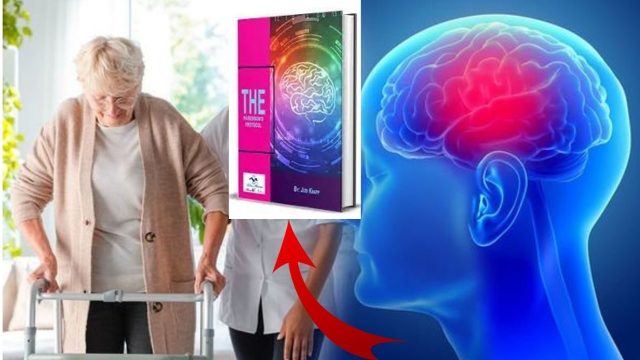
The Parkinson’s Protocol is a comprehensive digital program that aims at helping people suffering from Parkinson’s Disease. This program is based on natural and safe approaches.
It is a great Parkinson’s disease treatment option regardless of what has caused your Parkinson’s. It doesn’t matter whether your Parkinson’s is due to genetic mutations, dopaminergic abnormalities, toxins, or medications; this program can help you recover from it.
What Does This Program Do?
This program tries to enable the bodies of those who have Parkinson’s Disease to regenerate brain cells on their own. Once your brain becomes able to regenerate its cells, treating Parkinson’s is as easy as treating the flu.
This program uses natural and scientifically accurate methods to alleviate the symptoms of Parkinson’s Disease by enhancing your body’s ability to repair and regenerate nerve cells.
What Makes It a Good Program?

The Parkinson’s Protocol is written in a very simple but comprehensive manner. This program doesn’t suggest any invasive treatments and Parkinson’s medications that have side effects.
It’s all against it. It relies on 100% natural treatment methods, explains what they are, and teaches how to benefit from them.
It explains all the jargon and medical terminologies in a very simple and non-medical language.
How Can This Program Help You?
Developed by Blue Heron Health News, this program attempts to slow down the negative effects of Parkinson’s Disease by using natural methods to slow down the degeneration of nerve cells and the brain. You will learn about a variety of natural techniques in a step-by-step manner.
The Parkinson’s Protocol will teach you what foods you should eat and what lifestyle changes you should make, and it will recommend some easy but incredibly effective exercises as well.
Shop The Parkinson’s Protocol at the Official Website.
Full Article: The Parkinson’s Protocol Reviews 2024: Does it Really Work?
Conclusion
Parkinson’s Disease is a serious health condition, but that doesn’t mean you should wallow in hopelessness. Even if you have severe Parkinson’s Disease, there are many ways in which you can make your life easier. Researchers are trying to find medicines and surgeries that can help people with Parkinson’s Disease.
So far, the results of clinical trials indicate that lifestyle changes and certain therapies, such as occupational or speech therapy, are really helpful for people with Parkinson’s Disease.
If you are looking for a non-invasive and natural treatment program, we recommend The Parkinson’s Protocol as the best digital treatment program for Parkinson’s. This program will teach you what Parkinson’s is and isn’t, how it can affect your life, and what possible solutions there are to treat it.
If you follow the guidelines and instructions of this program, you will be able to regenerate brain cells and repair their broken nerve. This program will also teach you how to boost dopamine production in your brain. You will learn about essential lifestyle changes that will boost your recovery.
Click Here to Get The Parkinson’s Protocol at Discounted Price.
>> Related Article: 15 Best Brain supplements • Top Nootropic Brain Booster of 2024
Parkinson’s Disease Treatment FAQs
Can Parkinson’s Disease occur in children?
Although very rarely, Parkinson’s Disease can occur in children, especially older children.
Can you get Parkinson’s from your parents?
Yes, in some cases, Parkinson’s Disease can transfer from parents to children.
Will you always have tremors if you have Parkinson’s Disease?
Tremors may or may not occur if you have Parkinson’s Disease. Apart from that, they will go away with treatment of Parkinson’s disease eventually.
Vanessa Richards
Vanessa is a mom of 3 lovely children and a software geek. Outside of her career as a health and wellness instructor. She enjoys writing and researching on topics such as finance, software, health and culinary.


